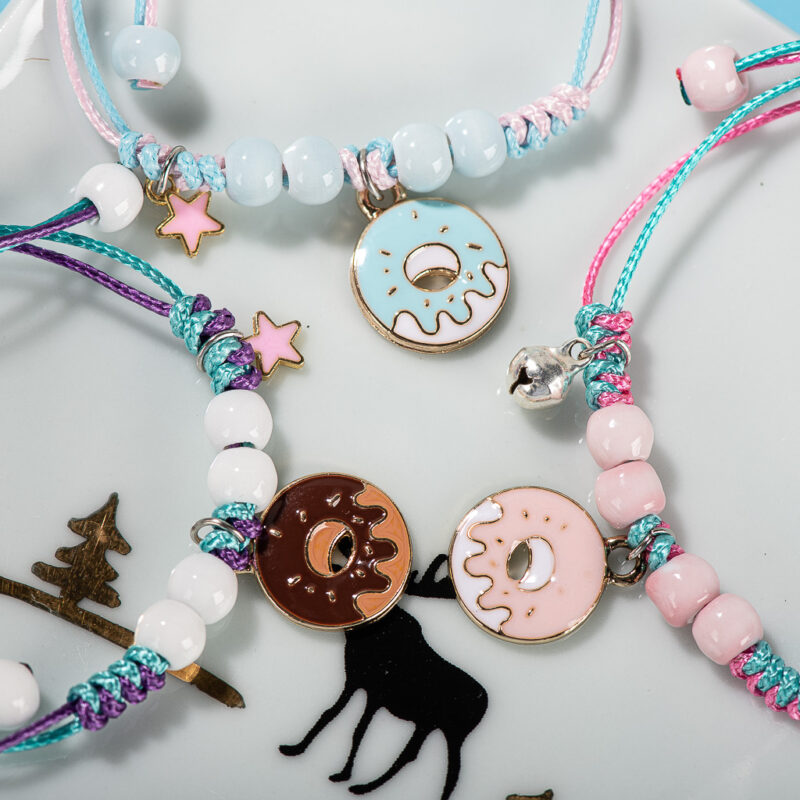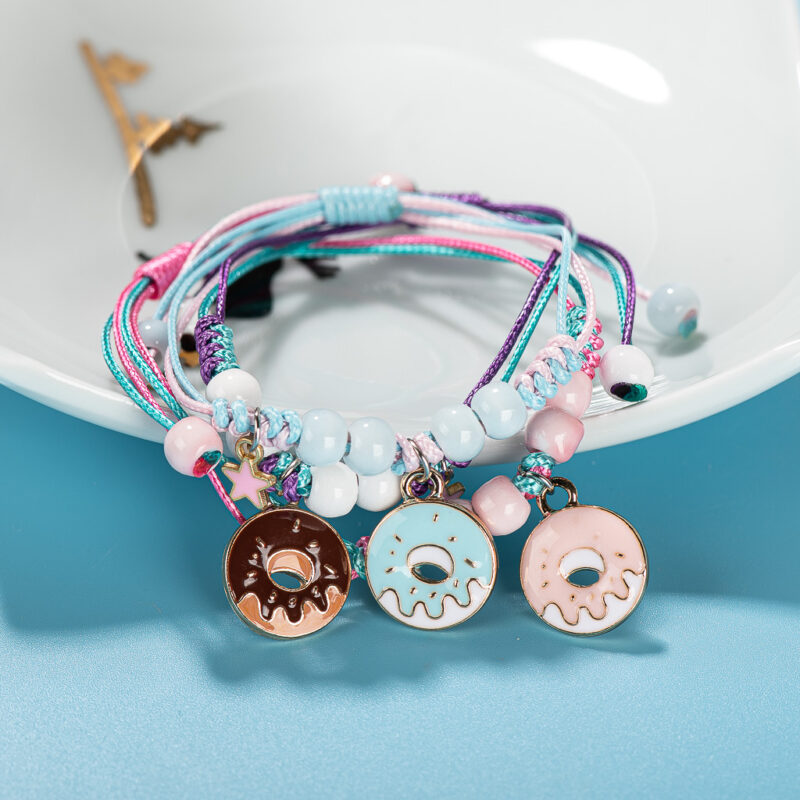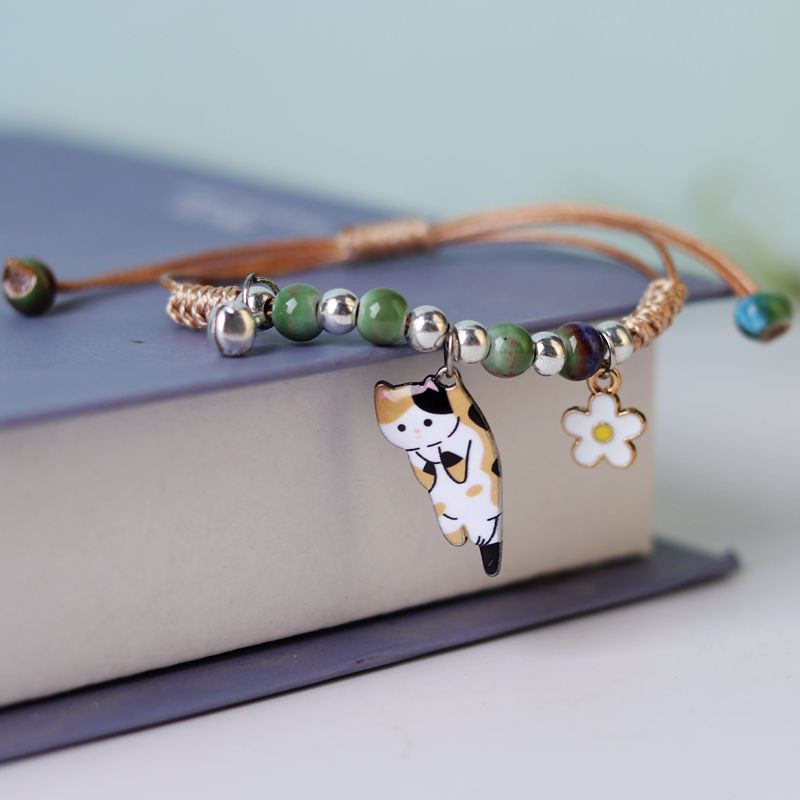Handmade
A Journey from Craft to Couture
In the world of jewelry, few pieces hold as much personal and artistic value as handmade bracelets. These unique adornments are not just accessories; they are a celebration of craftsmanship and cultural expression. From intricately woven beads to delicately forged metals, each bracelet tells a story. In this deep dive into the art and allure of handmade bracelets, we explore their history, making process, and enduring appeal.
The Rich History of Handmade Bracelets
Handmade bracelets have been part of human civilization for thousands of years. Ancient Egyptians crafted bracelets from bones, stones, and woods to signify status and allegiance. In many cultures, these pieces served not only as decorative items but also as protective talismans and symbols of spiritual beliefs. Over centuries, the materials and techniques evolved, but the essence of creating something by hand has remained a constant thread.
Materials with Meaning
The choice of materials in handmade bracelets is often a reflection of the maker’s environment and resources. Here are some commonly used materials:
- Beads: Glass, clay, and wooden beads are popular for their versatility and vibrant colors.
- Metals: Silver, gold, and copper are frequently used for their durability and ease of manipulation.
- Natural elements: Stones, bones, and leather bring organic textures and earthy tones to bracelets.
- Textiles: Fabrics and threads can be woven into intricate patterns, often incorporating traditional weaving techniques.
Each material brings its unique texture, weight, and symbolism, allowing artisans to infuse personal or cultural narratives into their creations.
The Craft of Making Handmade Bracelets
The process of making a handmade bracelet can be as simple or as complex as the creator desires. Traditional methods like weaving, braiding, and metalwork are often passed down through generations. Newer techniques such as resin casting and 3D printing have also found their place in bracelet making, expanding the creative possibilities.
- Weaving and Beading: This technique involves stringing beads together or using looms to weave intricate patterns. It requires a steady hand and a keen eye for detail.
- Metalworking: This involves cutting, bending, and hammering metals into desired shapes. Skilled artisans can create elaborate designs using just a few tools.
- Leather Crafting: Cutting and braiding leather strips is another popular method. Leather bracelets often have a rustic or bohemian appeal.
Each method has its unique charm and challenges, but all share a common requirement: patience and precision.
Why Choose Handmade?
Choosing a handmade bracelet over a mass-produced one offers several benefits:
- Uniqueness: No two handmade pieces are exactly alike. Wearing a handmade bracelet means wearing a one-of-a-kind piece of art.
- Quality: Artisans invest significant time and attention into each piece, often using high-quality materials that are built to last.
- Personal Connection: Many buyers value the story behind their jewelry. Knowing who made the bracelet and how it was made can make the piece much more special.
- Support for Artisans: Buying handmade supports individual artists and small businesses, contributing to the preservation of craft traditions.
Styling with Handmade Bracelets
Handmade bracelets are incredibly versatile and can be styled in numerous ways:
- Casual Chic: A simple leather bracelet can complement a casual outfit, adding a touch of understated elegance.
- Boho Vibes: Layering several beaded or textile bracelets can achieve a bohemian look, perfect for festivals or laid-back settings.
- Elegant Occasions: A finely crafted metal bracelet can serve as a statement piece for more formal attire.
The key is to choose a bracelet that resonates with your personal style and the occasion.
The Future of Handmade Bracelets
As the world becomes increasingly digital, the value of handmade items is likely to rise. Artisans are using online platforms to reach a global audience, ensuring that the art of bracelet making continues to thrive and evolve. Moreover, as consumers become more conscious of their purchases, the demand for sustainable and ethically made products, such as handmade bracelets, is growing.
In conclusion, handmade bracelets are more than just pieces of jewelry. They are wearable art that offers both personal and cultural expression. Whether you are an avid collector or someone looking for a meaningful gift, a handmade bracelet is a choice that carries weight and beauty. By choosing handmade, you are not only adorning your wrist but also supporting a rich tradition of craftsmanship and creativity.



